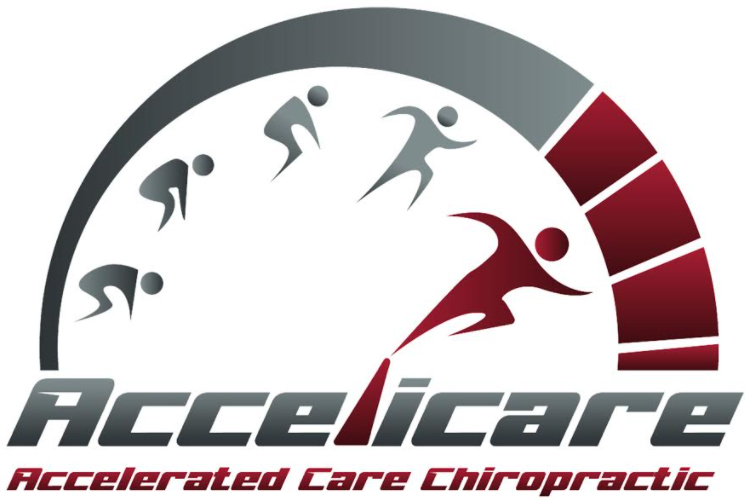Massage Therapy Benefits
In the 1850s, two American physicians studying in Sweden were introduced to the benefits of massage therapy. They brought it back to the United States, where it enjoyed extreme popularity as an effective and enjoyable treatment for a wide variety of ailments and health concerns.
Unfortunately, with the advancement of scientific medical treatments in the ‘30s and ‘40s, massage fell by the wayside and was considered to be nothing more than a relaxation treatment with mild placebo effects. Thankfully, by the 70s, massage was being revived, especially by athletes who found sport massage to be a fantastic way to treat injury, ailments, and more.
Whether you are treated to a relaxation massage or a more intensive Swedish massage, massage therapy has a slew of benefits. Massage may be used to treat, or help treat, pain, stress, anxiety, depression, injury, chronic concerns, as well as promote overall wellness and function.
A massage therapy session may take place in a private office, home, sport facility, or anywhere else a massage table or chair is readily available. The massage therapist may request a brief medical history, including pertinent medication information, history of back or neck pain, the presence of pregnancy, as well as desired massage therapy results.
A treatment session may last 15 minutes to an hour, or even longer. The length of the session is generally determined by the patients’ preferences; however, some massage therapy session lengths may be determined by a doctor’s recommendation.
Studies have found that massage therapy is a viable treatment for many conditions and concerns, including chronic low-back pain, chronic neck pain, as well as a pain-relieving and mood-improving treatment for those with advanced cancer. (It should be noted that cancer patients should receive the go-ahead from their oncologist before scheduling a massage therapy appointment.)
Massage Therapy is very low risk when performed by a trained massage therapist. A few conditions may preclude one from utilizing massage therapy, including:
- Bleeding disorders
- Low blood platelet counts
- Use of blood-thinning medication
- Blood clots
- Fractured, broken, or weakened bones
- Open or healing wounds
- Skin infection
- Recent surgery
Sports massage therapy is a specific grouping of massage techniques designed to aid in the health and function of athletic bodies. Sport massage treatment methods include deep Swedish massage, compression massage, cross-fiber massage, trigger point massage, lymphatic massage, reflexology, and more.
Sport massage may be performed by a general massage therapist, or a specialized sport massage therapist. The benefits of sport massage are many and varied, providing both healing and preventative measures. Some of the benefits of sport massage include:
- Reduced chance of injury
- Improved range of motion and flexibility
- Shortened recovery time, especially between workouts
- Increased blood flow, nutrient supply, and oxygen supply
- Improved metabolic by-product elimination
There are three main areas of sports massage:
- Maintenance Massage is performed to maintain proper health and function when the body is relatively free of tension, pain, reduced mobility, and other common problems.
- Event Massage is performed before, during, or after an athletic event. A pre-event massage gives a “boost” to the body’s function to reduce the risk of injury, diminish stress, and improve range of motion and flexibility. It is also able to improve circulation while warming the muscles, similar to an athlete’s normal readying routine.
An inter-event massage is performed during an athletic event, and focuses on the muscles being used in the event. It is generally short and performed during time-outs to release tension built by the preceding task, and ready the body for the next task.
A post-event massage is generally a lengthy, recovery-centered massage that’s meant to reduce muscle spasms, soreness, and metabolic build-up. It also soothes and calms the athlete’s mind, allowing him or her to cool down after extreme adrenaline.
- Rehabilitation Massage is designed to help heal, repair, and comfort injury. Even when a muscle is well cared for with preventative measures being taken, an athlete will experience muscle cramping, tears, bruising, and aches throughout their career. Rehabilitation massage targets these concerns to restore proper health and function to the body.
If you’re interested in consulting with Accelicare about your sports injury, massage needs, or other chiropractic concern, please visit our contact page to get in touch with Accelicare’s knowledgeable and helpful staff.
